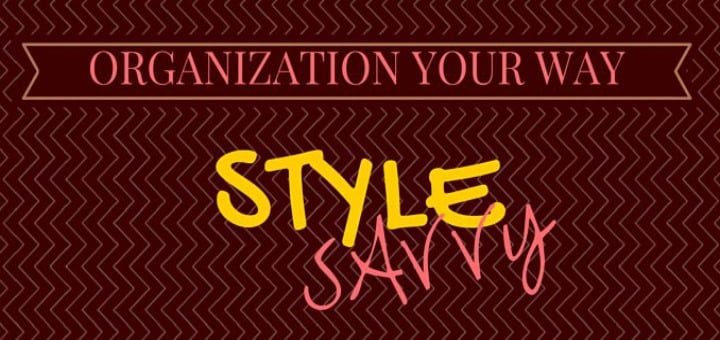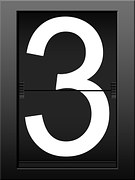 Welcome back! If you've taken the personal and organizational styles quiz for your child, but not yourself, now might be a good time to check it out.
Welcome back! If you've taken the personal and organizational styles quiz for your child, but not yourself, now might be a good time to check it out.
If you have taken it, I'm sure you were quite impressed by my very scientific, technical terminology. When I came up with these names, I was working with elementary school students, and so the names needed to be non-threatening and kid-friendly. As I began to transfer the information to adults, I found that they appreciated the silliness of the names, perhaps because they made an overwhelming task seem less daunting. And so the names stuck.
These silly names -- I love stuff, I love to be busy, I need to see it, drop and run, cram and jam and I know I put it somewhere -- will continue to pop up every time we discuss styles. The first three (bolded in black) are what I call the personal styles while the second three (bolded in orange) are the organizational styles. Hmmm....color-coding...any guess which personal style is mine?
Personal styles have to do with the way we naturally function -- a part of our personality, or our "default settings," if you will. Organizational styles are the methods we naturally use. Unchecked, they're more likely to lead to chaos than organizational successes, but as an intentional part of an organizational strategy, they can be the key to longevity. The key to organizational progress lies at the intersection of our personal styles and our organizational styles.
 pixabay.com
pixabay.com
For example, I am an I need to see it/drop and run person. Left to my own devices, I inhabit a world of piles, stacks and visible cues (and yes, I am quite often left to my own devices, much to the chagrin of my I know I put it somewhere husband). But with the right tools, progress is not only possible, it's easy.
As we embark on this process, there will be some things we can't control: the size of our living space, the amount of available storage space and the number of hours we have in a day. Sure, we can move, build on and pull all-nighters...but do we really want to?
What we can do is impact those things -- and even maximize them -- by using our styles to our advantage. I don't know about you, but I'm sure I can expand my available storage space just by getting rid of stuff I don't need. (Please don't cringe, I love stuff friends -- I'm not talking about brutal purges).
 pixabay.com
pixabay.com
So let's get started. Your first step is simply to take stock -- what's neat and what's not? Don't judge -- just observe. For example, as I walk through my house on any given day, I can find at least ten items sitting out that can easily be put away (where they belong, not stashed somewhere just to make the room look better), along with at least one container that needs sorting, and the inevitable dust that I don't need to see, despite my default personal style.
 pixabay.com
pixabay.com
Step two: Before you start beating yourself up about what you see, view it all through the lenses of your personal and organizational styles. Does it make sense? The bins under my kitchen counter are a perfect example of the intersection of I need to see itand drop and run. They have potential, but inevitably reach a point where their condition needs...tweaking. For now, I'm simply making note of that because it won't fit into step three....
 pixabay.com
pixabay.com
Give it five! I can't tackle that bin in five minutes, but in that same time frame, I can put away all the wayward items and make noticeable progress. If I still have time left after I've put away my wayward items, I'm certain I can find another spot to tackle in the time that remains. If the timer goes off and I'm still motivated, I can keep going until I've reached a logical stopping point. (For all of you overachieving organizers out there, that's before you've torn apart a drawer, a piece of furniture, or, heaven forbid, an entire room). If you feel yourself getting frustrated, stop. The goal here is see progress because progress is a motivator. Exhaustion is not.
Getting organized is a process...and so is staying organized -- the previously touted "easy upkeep." Both take time and conscientious, consistent effort.
Next week, we'll talk more about the details of the styles, but for now, I'd love to know where you landed on the quiz. I hope you'll share your styles and successes in the comments section as we take this journey together.
Copyright 2015 Lisa Hess
About the Author

Lisa Hess
Transplanted Jersey girl Lisa Lawmaster Hess is the author of a blog compilation, three novels, and three non-fiction books, including the award-winning Know Thyself: The Imperfectionist’s Guide to Sorting Your Stuff. A retired elementary school counselor, Lisa is an adjunct professor of psychology at York College of Pennsylvania. She blogs at The Porch Swing Chronicles, Organizing by STYLE, and here at Catholicmom.com. Read all articles by Lisa Hess.


.png?width=1806&height=731&name=CatholicMom_hcfm_logo1_pos_871c_2728c%20(002).png)
Comments